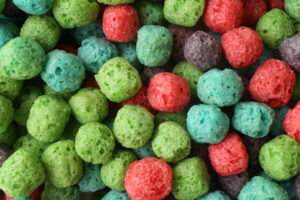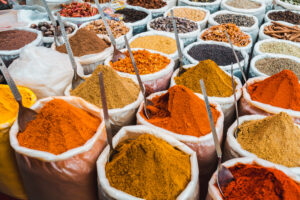Take a stroll through the supermarket aisles and you’ll see tons of products in a range of yellow hues. It’s a popular shade in foods and drinks because many natural ingredients are already yellow. But it is also intentionally used because it has been shown to increase appetite and even induce impulse buying! When deciding the visual design of your yellow food or beverage, why not go through the natural path and skip the use of artificial colors? In this article we’ll take you through some of the natural alternatives to synthetic yellows that will help you meet consumer demand for simple labels while still providing a range of butter yellow to vibrant golden shades.
Vibrant as no other: Curcumin
Nature provides plenty of yellow options to use in foods and drinks. One of these sources is curcumin, a flavonoid obtained from the turmeric rhizome. It delivers a super bright yellow color that resembles tartrazine/yellow #5 very closely and has an attractive, almost fluorescent, hue in application. If you are looking for a lemon or pineapple identity, curcumin may be your go-to yellow!
And we have excellent news: this color is highly stable towards heat processing and has good cost in use yields. The main consideration when formulating with curcumin is that it is light sensitive, so it’s best to opt for opaque packaging for your goods.
Another important aspect is that it shifts towards a dark orange or even red hue at high pH levels. Most foods are generally neutral or acidic, but high pH microenvironments can occur in the small bubbles formed in chemically leavened batters, especially where double effect leavening powders are used. Keep that in mind to avoid lemon cakes looking more like butterscotch.
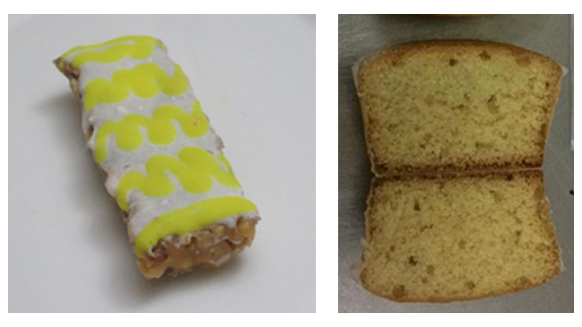
From a flower, with love: safflower
Safflower concentrate is a coloring foodstuff obtained from the petals of the Carthamus tinctorius flower, a traditional ingredient with a cool yellow shade that is also a fit tartrazine/yellow #5 alternative. If you want a reference for its shade, think of limoncello, the delicious Italian liquor, reminiscent of Mediterranean summer evenings. Good heat and light stability make this ingredient an appropriate tool for plenty of foods and drinks.
But be sure to check if this ingredient is allowed in your market regulatory frame. While it is permitted as a coloring foodstuff in the EU, it is not permitted for use in the US.
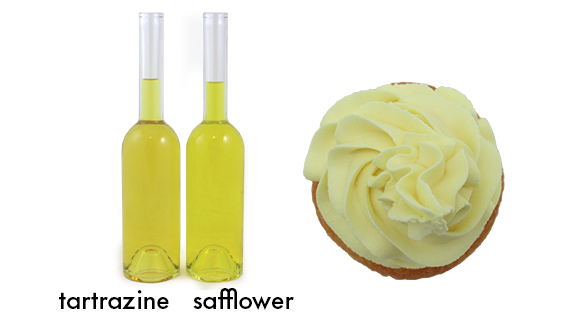
Dressed in the warmth of the sun: Carotenoids
The most versatile source of yellow to golden hues are carotenoids – oil soluble pigments like beta carotene, annatto, lutein, and paprika. You can use them in their native oil soluble form to color fatty foods like cakes and cookies or cream fillings.
But if you want to use them to color aqueous matrices, you may prefer emulsified forms like our emSeal® line of effective and easy to use formulations that show outstanding performance and stability.
Although warmer than the yellow dispensed by tartrazine, some beta-carotene and lutein emulsions display a golden clarity that fits perfectly with citrus flavors in drinks and clear desserts.
Other carotene emulsions like lutein and annatto have a warmer hue, making them an excellent choice for egg or butter-based recipes, like custards, vanilla flavored creams, brioche buns, and yellow cakes.
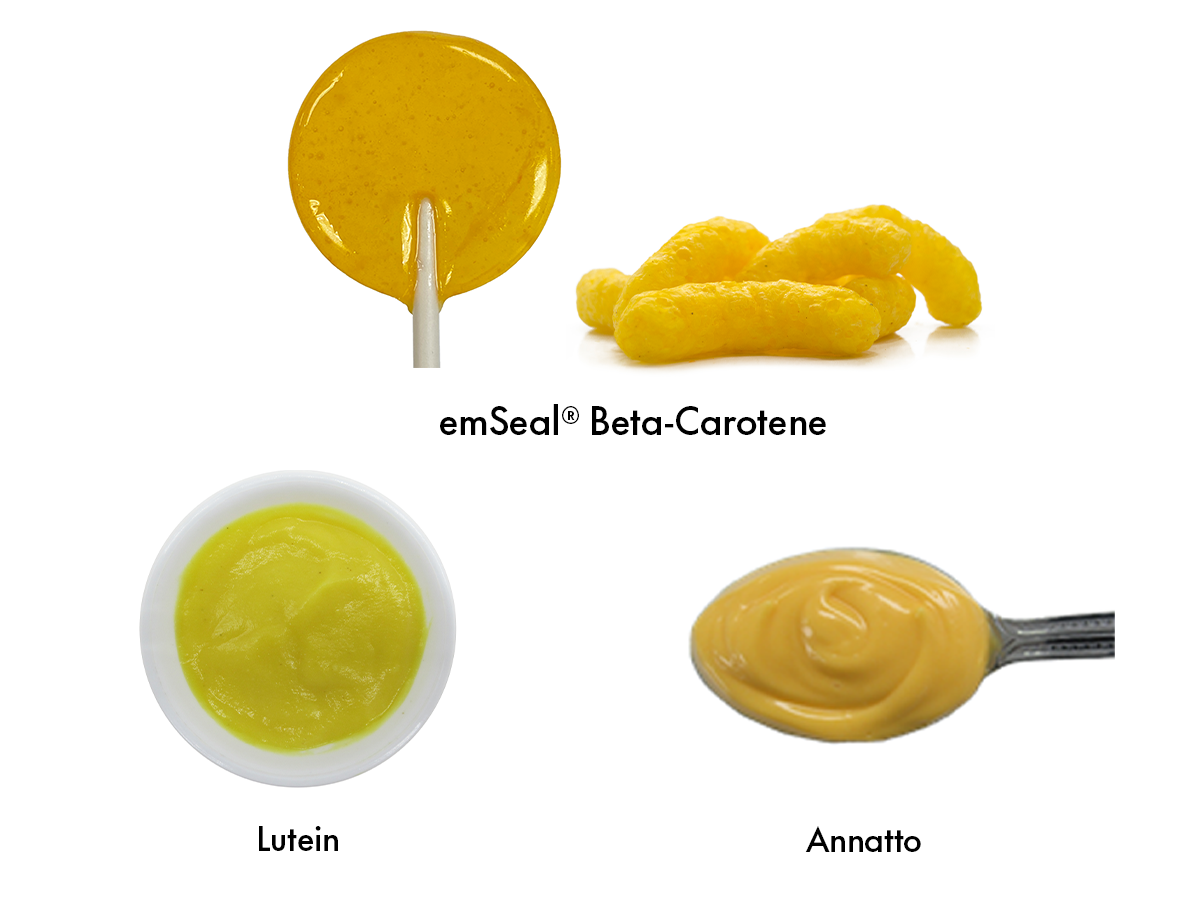
Paprika or Apocarotenal emulsions (depending on your regulatory frame and application) are good options to replace the vibrant orange quality of sunset yellow/yellow #6 – a nominatively yellow color that leans towards the orange side of the spectrum. And since in most cases artificial yellows are mixed to match an intermediate hue, paprika and other natural yellow sources can be blended in situ, to evoke tropical fruity flavors or warm umami visual sensations.
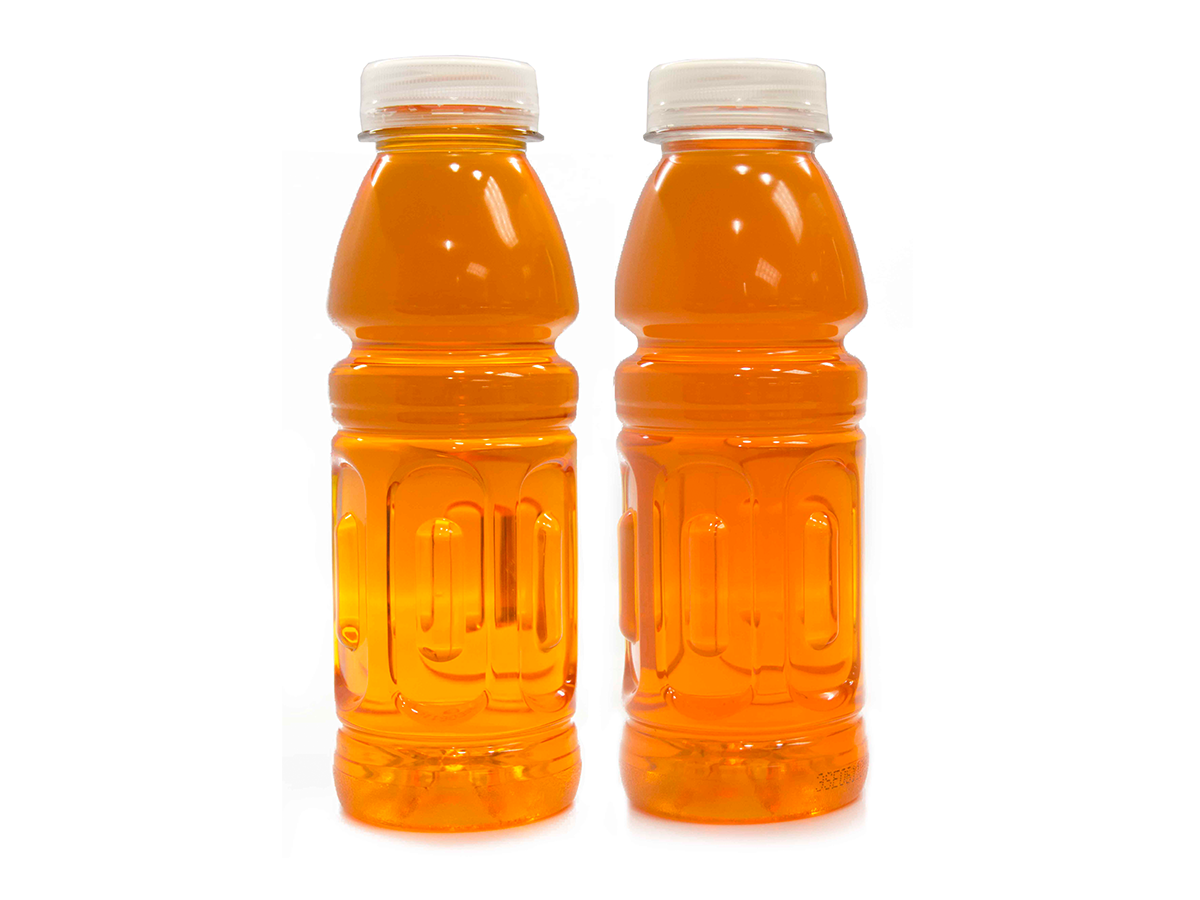
Just Juice it!: Colouring Foodstuffs
For an even friendlier label, you can also rely on high concentration coloring foodstuffs like Vegebrite® Orange Carrot and Vegebrite® Golden Yellow. These are concentrated juices sourced from selected carrots with high carotene content. They look fantastic in baked goods delivering their golden hues with lower doses and better cost in use than regular yellow coloring foodstuffs on the market.
And for a specially catered formula aimed to the drinks space look for Vegebrite® Orange Carrot and Vegebrite® Golden yellow LWS PLUS, that enable attractive labels with good color durability.
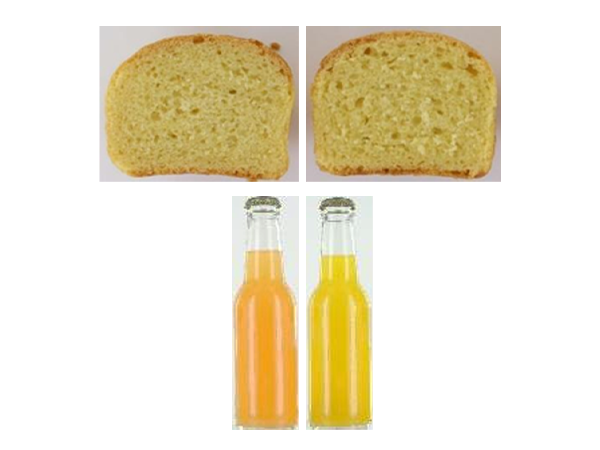
As you can see, there are plenty of natural alternatives to synthetic yellow for your new product development, and the choice is driven by technical criteria as well as market-oriented decisions. Ready to get started? Click here to request a sample of our yellow options or contact our Sense Colour team of experts to co-create lovely hues of yellow that will elevate the look of your food and beverage products and delight all the senses.


